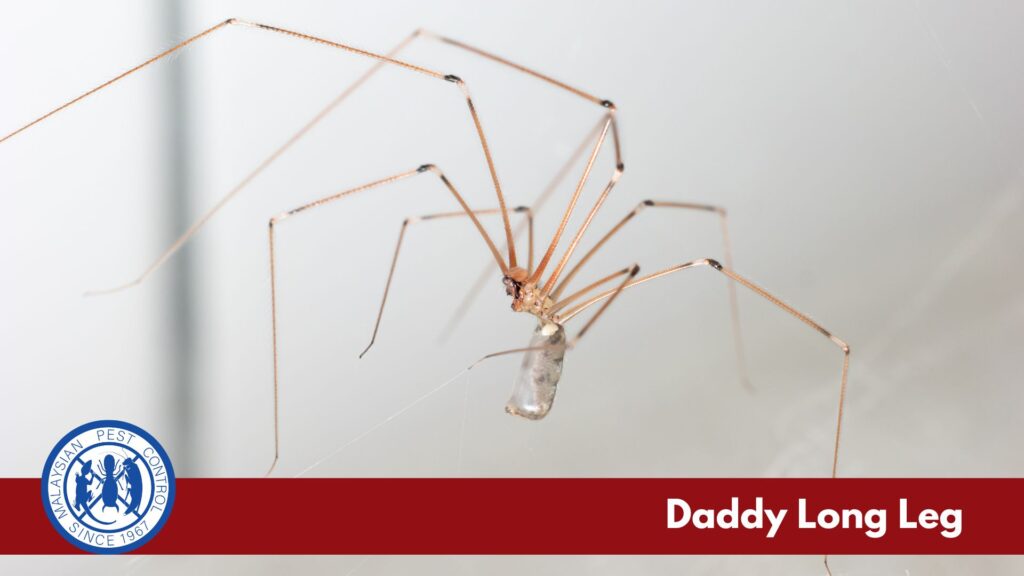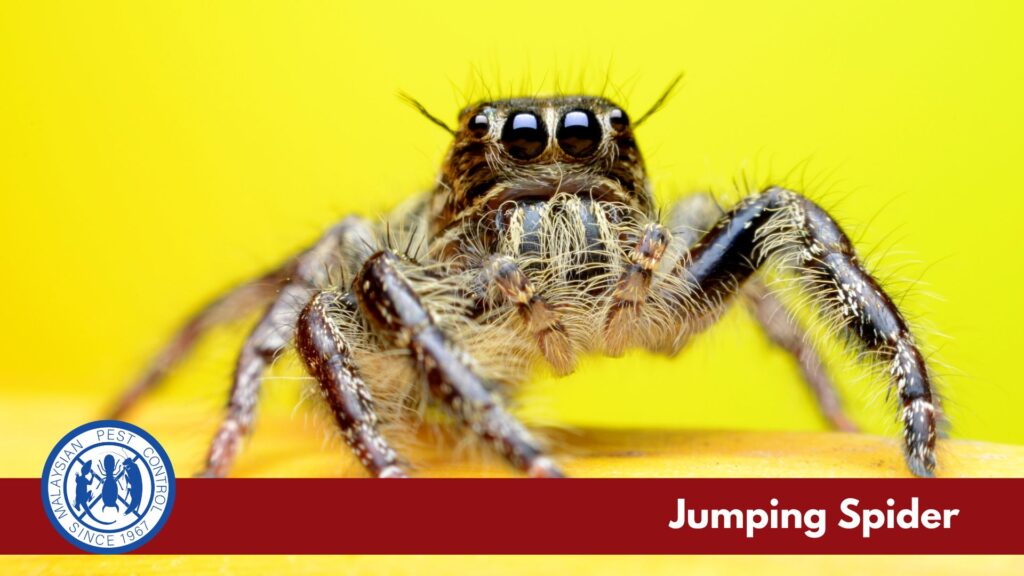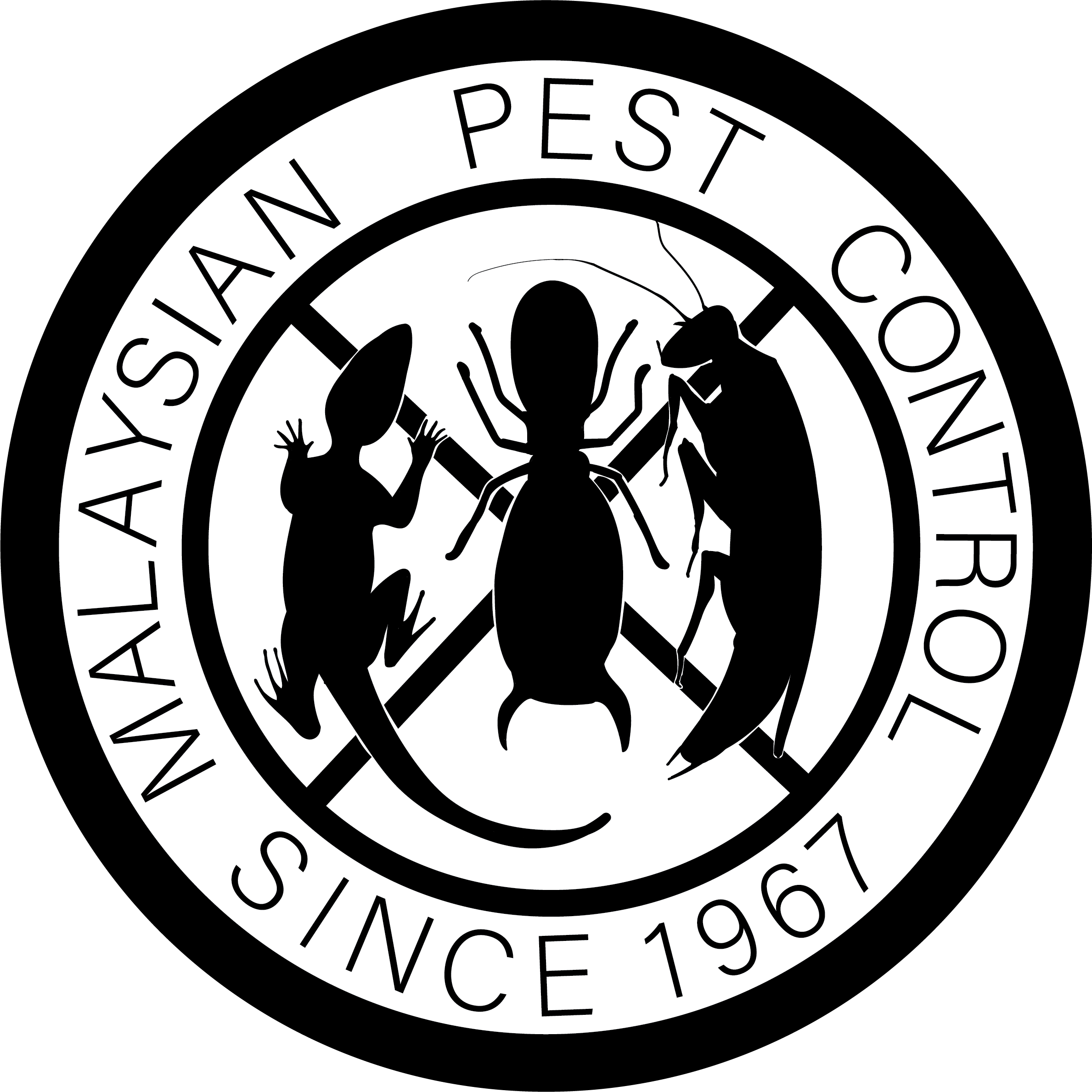About Spiders
Common House Spiders in Malaysia


Spiders are arachnids, not insects, characterized by their eight legs, two body segments (the cephalothorax and abdomen), and lack of wings and antennae. They are known for their ability to spin silk, which is used for creating webs, egg sacs, and for other purposes. There are thousands of spider species, varying widely in size, color, and behavior.
- Huntsman Spiders (Heteropoda venatoria): These large spiders are known for their impressive size, with leg spans reaching up to 15 cm (about 6 inches). They are generally not aggressive towards humans and prey on insects and other small pests. Despite their daunting appearance, huntsman spiders are harmless to humans.
- Jumping Spiders (Family Salticidae): Characterized by their compact size, vivid colors, and remarkable jumping ability, jumping spiders are common in gardens but often venture into homes in search of prey. They are curious and have excellent vision. Bites are rare and usually not harmful to humans.
- Daddy Long Legs or Cellar Spiders (Pholcidae): Often mistaken for harvestmen (which are not true spiders), these spiders have long, thin legs and small bodies. They build irregular webs in corners and under furniture. They are harmless to humans and help control insect populations indoors.
- Domestic House Spiders (Tegenaria domestica): Commonly found in dark, secluded areas of homes, like basements and attics, these spiders tend to stay hidden and are known for their sheet-like webs. They pose no significant threat to humans.
Biology and Lifecycle
- Egg Stage
- Female spiders lay eggs in a silk sac. The number of eggs varies significantly by species, from a few to several hundred.
- Timeframe: Eggs generally hatch within a few weeks to several months, depending on the species and environmental conditions.
- Spiderling Stage
- Once hatched, young spiders (spiderlings) may disperse from their birthplace by ballooning—riding the wind on silk threads—or remain nearby to grow.
- Spiderlings undergo several molts as they grow, shedding their exoskeleton to accommodate their larger size.
- Adult Stage
- Spiders reach maturity in several months to a year, depending on the species and environmental factors. Once mature, they can begin reproducing.
- Lifespan: The lifespan of spiders varies widely; some live for less than a year, while others, like tarantulas, can live for over 20 years in captivity.
Behaviour and Habitat
- Web Building: Many spiders are known for building webs, which can be orb-shaped, funnel-shaped, or messy and irregular, depending on the species. Webs are used for capturing prey, shelter, and reproduction.
- Feeding Habits: Spiders are primarily predators, feeding on insects and other small creatures. They use venom to immobilize their prey and digestive enzymes to liquefy it for consumption.
- Habitat: Spiders are extremely adaptable and can be found in nearly every terrestrial habitat on Earth, from deserts to rainforests, and including human homes.
Interaction with Humans
- Pest Control: Spiders are beneficial predators, controlling populations of insects and other pests in and around homes.
- Bites: While most spiders have venom, few are dangerous to humans. Bites are rare and usually occur as a defense mechanism when a spider is provoked or accidentally squeezed or pinched.
- Venomous Species: In Malaysia, brown widow spiders (Latrodectus geometricus) have been more commonly identified in Malaysia than its closely related cousin (the Black widow spider).The brown widow spider is not able to inject as much venom, leading to less severe outcomes. A bite from the brown widow spider typically results in local pain and erythema
Managing Spiders in Homes
- Prevent Entry: Seal cracks around windows, doors, and foundations to prevent spiders from entering.
- Reduce Clutter: Regular cleaning and decluttering reduce hiding spots for spiders and their prey.
- Use Natural Repellents: Essential oils like peppermint oil can deter spiders when sprayed around windows and doorways.



